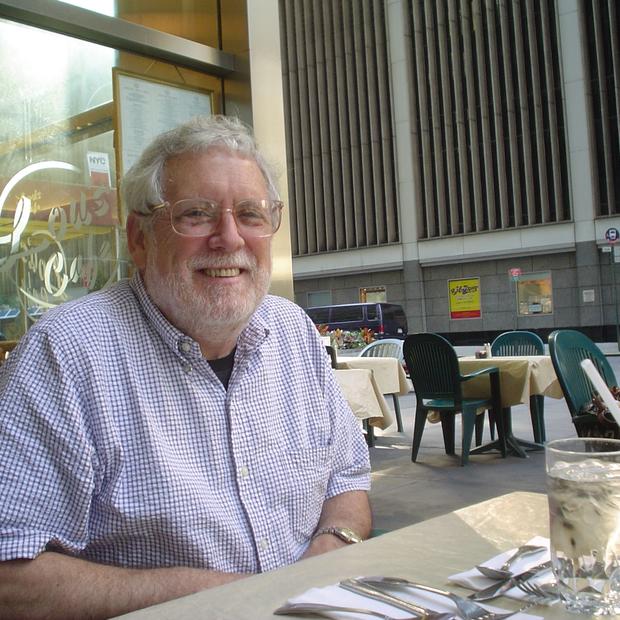Ten years ago, the then Cascade Land Conservancy launched The Cascade Agenda, a bold plan to conserve 1.3 million acres of forest and farm land in Washington State while fostering healthy growth in cities and towns. It was big news. Page one stories. Editorials. Even David Broder of the Washington Post weighed in: “... the scale and ambition of this project make it nationally significant.”
Since then that organization, re-named Forterra, has conserved nearly 250,000 acres of working forests, estuaries, farmlands and protected areas from the Olympic Peninsula to the Teanaway in Kittitas County. It has brokered other conservation — that’s actually Forterra's stock in trade — and become one of the chief proponents of the idea that great conservation begins in cities and towns.
Forterra recently got involved in efforts to save Bothell's Wayne Golf Course from development. Again a typical project, brokering a complicated deal. Forterra is still revered for its work in preserving sacred tribal land at Snoqualmie Falls in the 1990s. In 2009 it launched The Olympic Agenda, a similar plan to conserve working forests and natural areas while providing some much-needed support to the economically depressed communities on the Olympic Peninsula.
Forterra has carved out a niche in the environmental movement by involving businesses, government and tribes as well as traditional conservationists. That was on display as usual today at the organization’s annual breakfast event, which attracted more than 1,600 people.
Gene Duvernoy, long-time president of Forterra, outlined what he called “the next wave” of agendas. The focus remains the two-pronged approach: conserve lands by making cities livable, walkable and affordable. New efforts will be aimed at “corridors,” such as the work Forterra is doing along U.S. 2 and in towns (such as Skykomish) along the highway.
“It is time that we all stand up for this place,” Duvernoy said.
One of Forterra’s signature programs is the Green Seattle Partnership, which marshals volunteers and other organizations, links them with existing city departments, and deploys them in urban conservation efforts, pulling out invasive plants and replacing them with native plants and shrubs.
The Green Seattle Partnership, formed 10 years ago and recognized nationally as a model of community stewardship, was awarded Forterra’s Visionary Game Changer Award. The partnership, replicated in six other cities throughout the region, was formed to save 2,500 acres of parks and open areas throughout the city that were overgrown with invasive plants. To date, Green Seattle has restored about 1,000 acres, through cooperation with city departments and the marshaling of an army of volunteers. Volunteers have logged about 750,000 hours, or about 350 years of full-time, eight-hour shifts.
In urging breakfast attendees to contribute, Dan Nordstrom, a board member and head of Outdoor Research, said the region was under pressure in part because “the economic engine that sustains us is becoming our greatest challenge.” The population of the region is expected to grow by 2 million people in 25 years, he added, in a place that is “already feeling crowded.”
The growth issue was driven home by by conceptual maps that Forterra has developed. In one, low-density sprawl spills beyond towns and seeps far into river valleys and the Cascade foothills. A more sensible alternative shows denser, more compact communities surrounded by forests and farms, with generous parks and open spaces.
Forterra’s wide range of support was on display, as usual, at Tuesday's breakfast: Boeing, Mithun, REI, Amazon and others. Duvernoy said new efforts to protect the region are urgent. “It’s time to redouble our work across the state,” he said, “and develop an approach that keeps pace with the acceleration of change.”
Disclosure: The writer was Communications Director for the Cascade Land Conservancy from 2005-2010.



